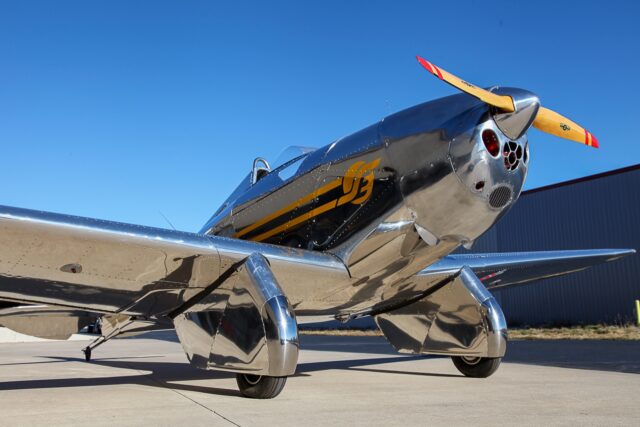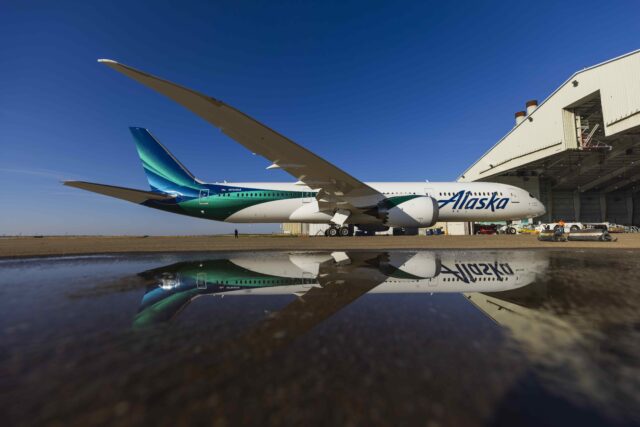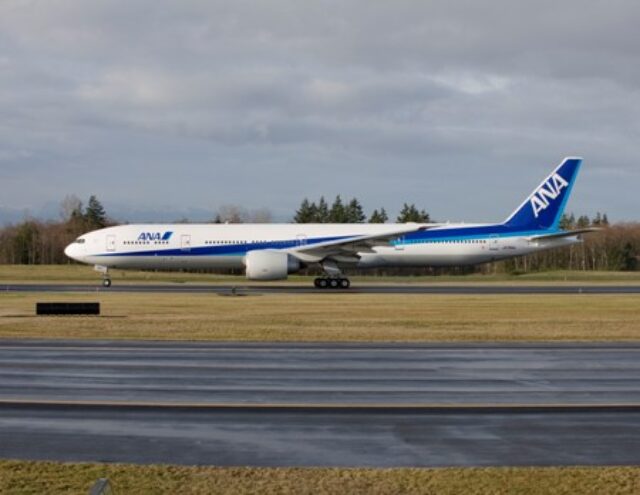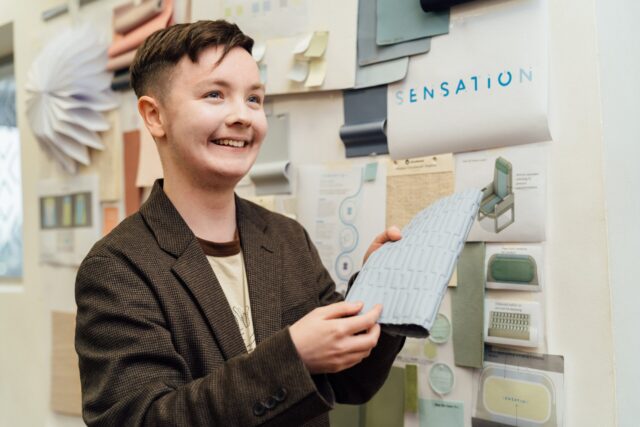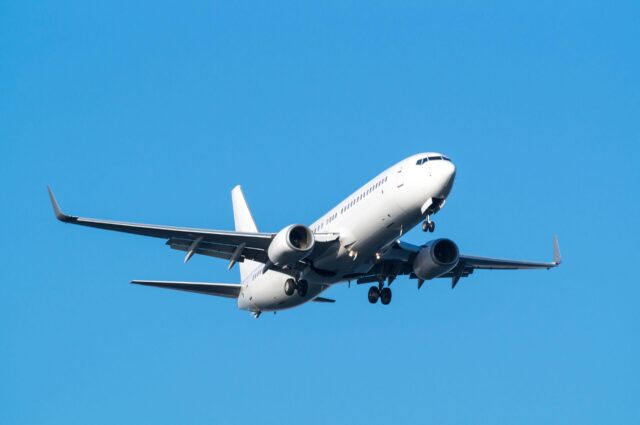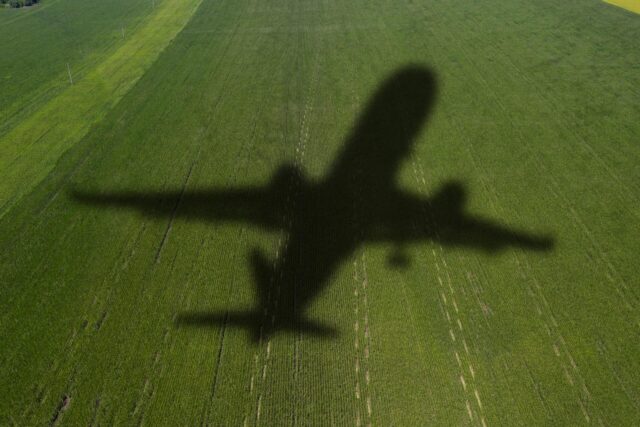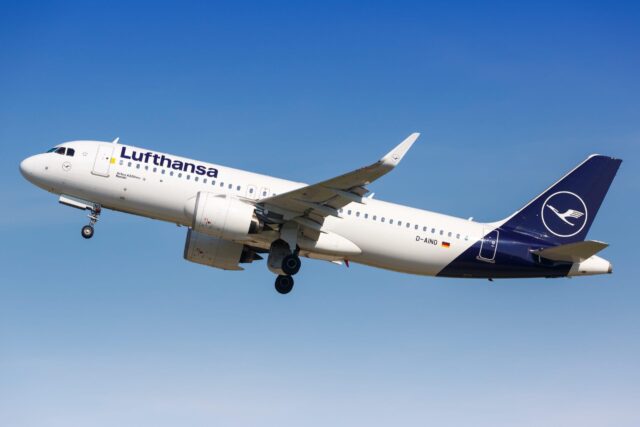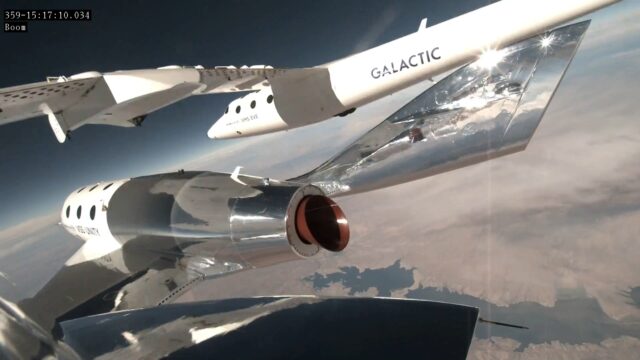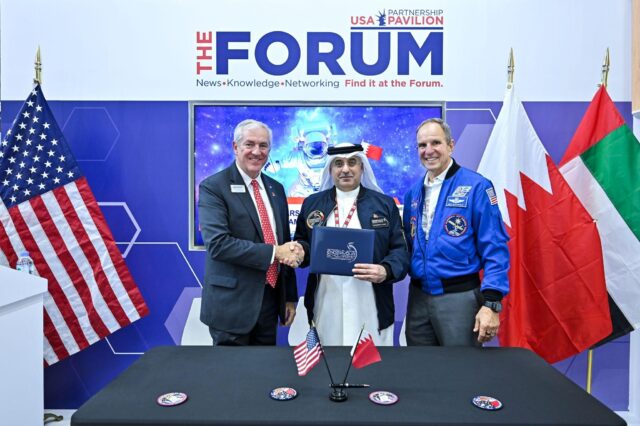Saab and KAI sign MoU for AEW&C II competition
October 3, 2024

Saab and Korea Aerospace Industries (KAI), have signed a Memorandum of Understanding (MoU) for industrial co-operation and technology transfer relating to the ongoing AEW&C (Airborne Early Warning & Control) II competition for the Republic of Korea. The MoU also covers future domestic opportunities.
The MoU was signed on the first day of the Korea Army International Defense Industry Exhibition, KADEX, by Markus Borgljung, Vice President and Deputy Head of Saab’s Surveillance Business Area, and Mr Chongho Yoon, Senior Executive Vice President and General Manager of KAI’s Aircraft Programme Division.
The MoU is testament to the two companies’ commitment to industrial co-operation should Saab’s Globaleye be selected to meet the RoKAF’s AEW&C II programme.
The RoKAF (Republic of Korea Air Force) operates four Boeing E-7A ‘Peace Eye’ AEW&C aircraft, originally delivered in 2011–12. There have been reports that the RoKAF has been disappointed by the availability of the four aircraft fleet, which does not allow the air force to maintain a single orbit ‘around the clock’ if required. When North Korean missile testing increased, there was perceived to be a need to expand Korea’s airborne surveillance and early warning capabilities. But instead of simply ordering more E-7As, the Republic of Korea’s launched the AEW&C II competition, and is considering offers from Boeing, Saab and L3.
Saab’s offer is understood to be based on a new GlobalEye configuration, (known internally as WatchEye) with the SeaSpray 7500 surface surveillance radar replaced by new X-band AESAs fore and aft to guarantee a 360° Field of Regard. This addresses what some believe to be a GlobalEye weakness in the air surveillance role.

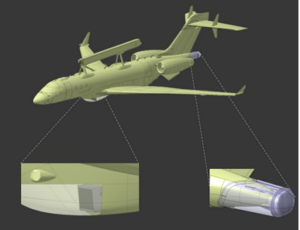
Saab claim that GlobalEye is the only advanced and future proof AEW&C solution on the market that is “in production, on contract and in operation,” and say that it offers higher availability, better sortie rate, longer missions, lower costs and superior performance compared to any current platform.
The MoU’s collaborative arrangements relate to the conversion of the Global 6500 business jet into a GlobalEye AEW&C special mission aircraft. The arrangement between the companies will include technology transfer to build-up knowledge and capability for the modification of Global 6500 airframes to GlobalEye configuration, but also for potential follow on AEW&C requirements in Korea, including airframe and aerodynamics modifications, system installation, testing and integration. KAI will be guided and helped to being fully self-sufficient in carrying out future modifications, maintenance and repair of GlobalEye.
KAI is already a total solution provider in aerospace, playing a leading role in the Korean defence aerospace industry and having excellent capabilities and facilities and a great deal of experience in the field of special mission aircraft modification. If Saab is selected, KAI’s capability will help Saab to deliver AEW&C II aircraft to ROK Air Force in a timely manner.
Under the terms of the agreement KAI will be able to use transferred technology for other Korean Special Mission Aircraft programmes and will be better able to undertake Special Mission Aircraft design, modification, and mission system integration and testing.
Markus Borgljung said that: “This MoU between Saab and KAI will increase critical radar technology competence, and create domestic capability and self-sustainability to secure strategic independence for the Republic of Korea in the airborne surveillance segment. In fact, GlobalEye is the only system that offers real technology transfer.”
Chongho Yoon, added that: “This program will be a stepping stone to expand the co-operative relationship between Saab and KAI, not only for the AEW&C II programme but also any subsequent domestic AEW&C program and future special mission aircraft programmes in Korea. Through the technology transfer, we will strengthen our capabilities for future independent domestic research and development for future Special Mission Aircraft programmes.”

